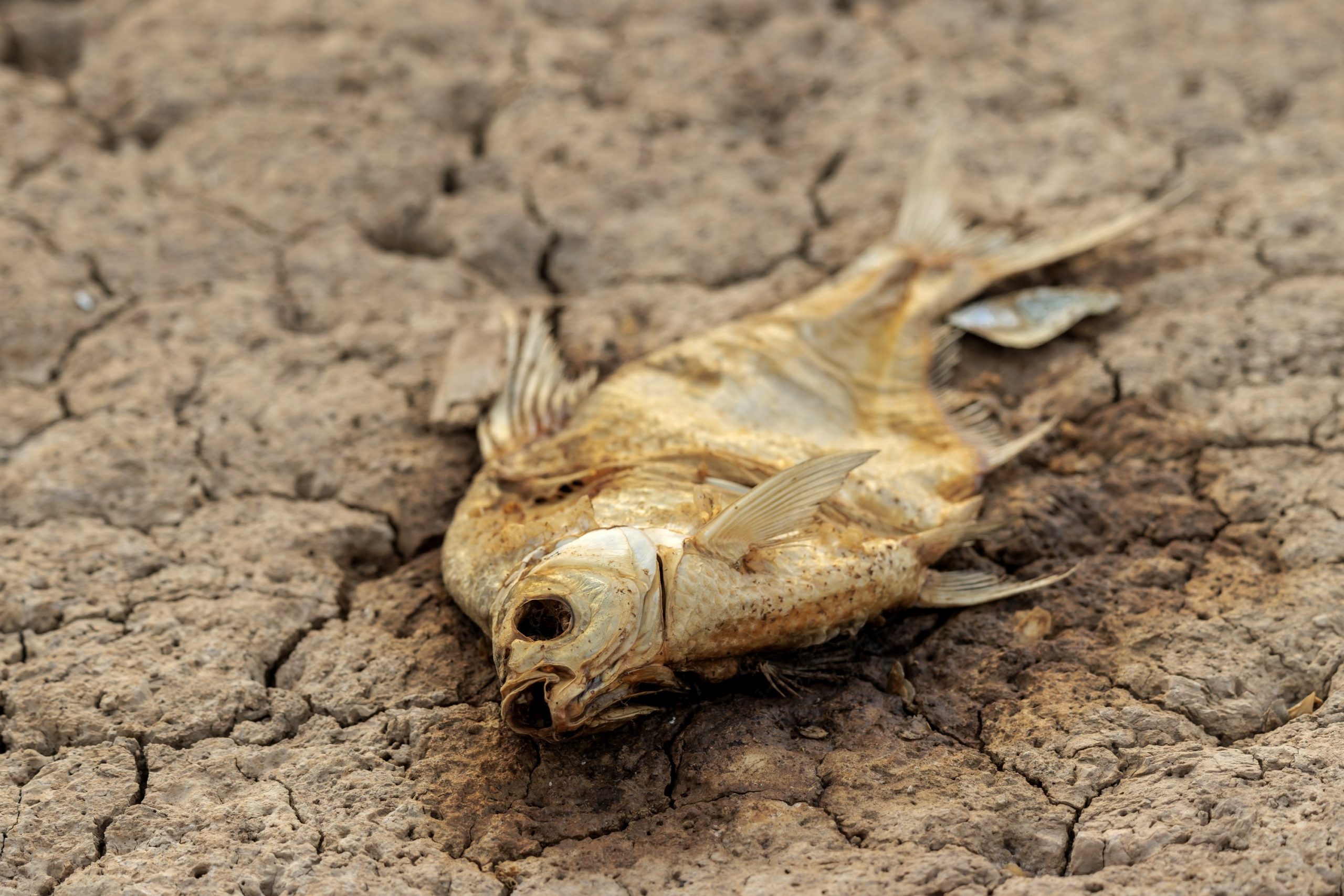Half of China’s vast territory is now experiencing drought, including parts of the frigid Tibetan Plateau, official data showed- with more high temperatures forecast Thursday for hundreds of millions of people enduring the country’s hottest summer on record.
The world’s second-largest economy has been hit by record heat, flash floods and droughts phenomena that scientists say are becoming more frequent and intense due to climate change.
Southern China has recorded its longest continuous period of high temperatures since records began more than 60 years ago, the agriculture ministry said this week. Experts have said the intensity, scope and duration of the heatwave could make it one of the worst recorded in global history.
Temperatures as high as 45 degrees Celsius (113 Fahrenheit) have led multiple Chinese provinces to impose industrial power cuts, as cities struggle to cope with a surge in demand for electricity partly driven by people cranking up the air conditioning.
As drought dries up the Yangtze river, China loses hydropower
The Yangtze River, the third largest in the world and stretching from coastal Shanghai to Sichuan province in China’s southwest is home to over 370 million people and contains several manufacturing hubs including the megacity of Chongqing, has dropped to half its average water levels, affecting shipping routes, limiting drinking water supplies, causing rolling blackouts, and even exposing long-submerged Buddhist statues. Record low water levels on the Yangtze River have also put pressure on the region’s hydropower generators. Rainfall in the Yangtze River Basin is down 45 percent from last July, the lowest it has been since 1961, according to Bloomberg.

Drought dries up the Yangtze river
Sichuan warns of ‘particularly severe’ power shortages as heatwave and drought
The heat broke records in Sichuan, where a temperature of 43.9 degrees Celsius (111 Fahrenheit) was recorded Wednesday afternoon, the province’s Meteorological Service Centre said in a statement.
The Chinese province of Sichuan warned of “particularly severe” power shortages on Sunday as it continued to suffer the effects of the worst heatwave and drought in six decades.
Meanwhile, a document seen by the Post suggested that plans to resume power supplies to industry at midnight on Sunday would be postponed until Thursday, when rain is forecast.
Sichuan- Power Crisis Worsens
And in the southeast, Typhoon Ma-on made landfall in coastal Guangdong province and Hong Kong Thursday morning. Wednesday’s CCTV evening news broadcast showed trucks supplying villagers who lacked drinking and agricultural water in rural Sichuan and Chongqing, with remote mountain areas particularly hard hit.
Severe Impacts of Drought
Drought’s impact on the agriculture sector has also been severe, with thousands of acres of crops damaged in Sichuan and the neighboring Hubei province, according to the Associated Press. In response, the Chinese government discharged water from several large upstream reservoirs, and the Ministry of Agriculture said it will try to artificially increase rainfall through cloud seeding, as well as spray crops with a water-retaining agent. Climbing temperatures means crops need even more water than usual, as soils dry out. Forest fires also broke out last week in Sichuan and neighboring Chongqing, although officials declared them contained as of Monday.
China’s Drought impacts on agriculture
Importance of China
China is the largest carbon emitter in the world. China produces more than 95 percent of the rice, wheat and maize it consumes, but a reduced harvest could mean increased demand for imports in the world’s most populous country putting further pressure on global supplies already strained by the conflict in Ukraine.The drought will likely impact the country’s clean energy goals. As reported in the Guardian, Vice-premier Han Zheng said the country will increase its coal burning to address the electricity shortages.
Other parts of the world are also struggling with changes in power-generating capacity brought on by drought. Hydropower is the largest source of clean energy in the world, but last year dry spells in places like the southwestern United States, China, and Brazil created significant disruptions in the supply, and the International Energy Agency predicts that global hydropower expansion will slow down this decade. Brazil, which in 2021 sourced 61 percent of its electricity from hydropower had to cut water flows into hydroelectric dams to a 91-year low during its drought that year. “People always thought that water is unlimited, but it really isn’t,” José Marengo, a climatologist at the Brazilian government’s disaster monitoring center, told Reuters.
Livestock owners have fared badly, with Chongqing authorities pledging emergency measures to protect pig farms and a Sichuan farmer’s tearful plea going viral after she said all her chickens had died due to the heatwave and power cuts.
Some Chongqing residents complained on social media about queueing for hours in sweltering heat for compulsory mass testing required in the wake of a Covid outbreak.
Officials also called for “a combination of measures to increase water sources to fight drought, first ensure drinking water for the people, ensure water for agricultural irrigation,” the readout added.
Hey! My name is Mahnoor and I joined Rangeinn as the content & News Writer. Currently, I’m doing my Bachelors in International Relations.







